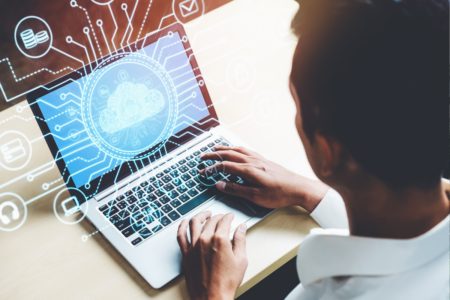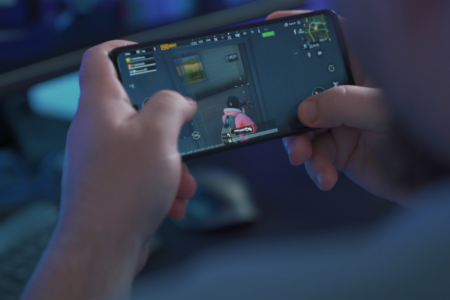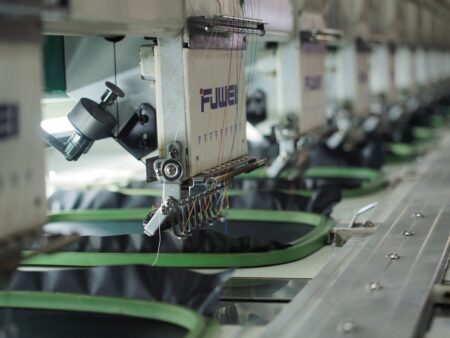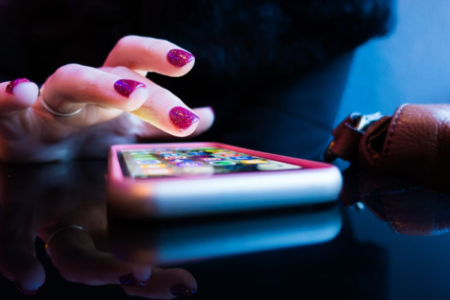you may need to download and install the Nintendo DS BIOS if you are interested in playing Nintendo DS games on your computer or phone.;
The BIOS is a firmware that acts as the operating system of the console, allowing it to boot up and manage the hardware components.
Without the BIOS, you won’t be able to emulate or play Nintendo DS games on your device.
Finding and downloading the Nintendo DS BIOS can be a bit tricky, as it is copyrighted by Nintendo and not freely available online.
However, there are several websites and forums that offer the BIOS files for download, although the legality of doing so is questionable.
It’s important to note that downloading and using the BIOS without owning a physical copy of the console or its games is considered piracy, which is illegal and can result in serious consequences.
If you do decide to download and use the Nintendo DS BIOS, make sure to do so from a reputable source to avoid any malware or viruses.
Additionally, be aware that different emulators may require different versions of the BIOS, so make sure to check the compatibility before downloading.
With the Nintendo DS BIOS installed, you can enjoy playing your favorite games on your device, but always remember to do so legally and responsibly.
Features Of Nintendo DS Bios
The Nintendo DS Bios is an essential component of the Nintendo DS system.
It is responsible for initializing and configuring the hardware of the console, including the touch screen, microphone, and wireless communication.
Here are some of the key features of the Nintendo DS Bios:
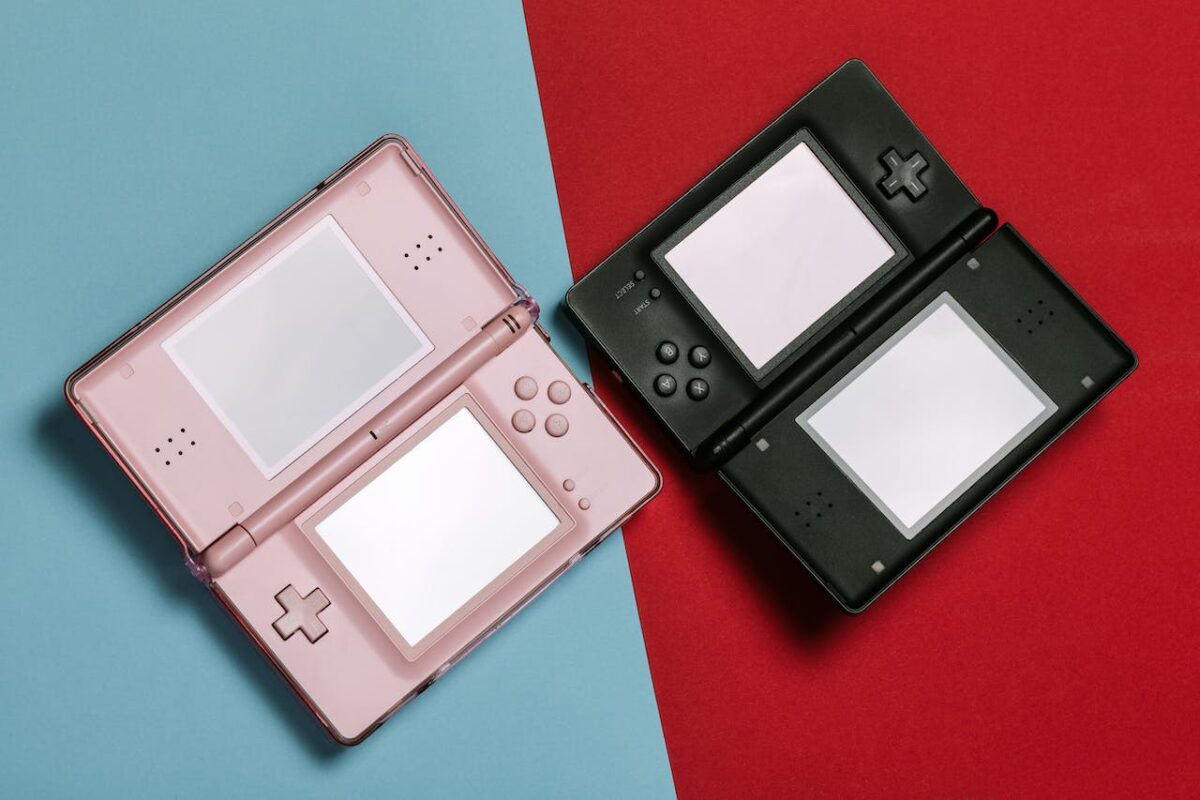
- Touch Screen Support: The Nintendo DS Bios provides support for the touch screen, which allows players to interact with games in a unique way.
- The touch screen can be used for a variety of gameplay mechanics, such as drawing, tapping, and swiping.
- Microphone Support: The Nintendo DS Bios also provides support for the microphone, which can be used for voice commands, sound effects, and other audio-based gameplay mechanics.
- Some games even require the use of the microphone to progress through certain sections.
- Wireless Communication: The Nintendo DS Bios provide support for wireless communication, which allows players to connect and play with each other over a local network.
- This feature is used in many multiplayer games, such as Mario Kart DS and Animal Crossing: Wild World.
- Game Compatibility: The Nintendo DS Bios is designed to be compatible with a wide range of games, including both first-party and third-party titles.
- This ensures that players can enjoy a diverse selection of games on their Nintendo DS console.
- System Stability: The Nintendo DS Bios is designed to ensure system stability and prevent crashes or errors.
- This is especially important for games that require precise timing or input, such as rhythm games or action games.
Overall, the Nintendo DS Bios is a critical component of the Nintendo DS system, providing essential features and functionality that enable players to enjoy a wide range of games and experiences.
Technical Specifications
If you’re interested in emulating Nintendo DS games, it’s important to know the technical specifications of the console and its BIOS.
Here are the key technical specifications of the Nintendo DS:
Hardware
- CPU: 2 ARM processors, ARM946E-S and ARM7TDMI, both clocked at 33 MHz.
- Memory: 4 MB of Mobile RAM and 256 KB of Mobile ROM.
- Display: Dual 3-inch TFT LCD screens, with a resolution of 256 x 192 pixels, and 0.24 mm dot pitch. The bottom screen is a touch screen.
- Sound: Stereo speakers, a microphone, and a headphone jack.
- Input: A D-pad, four face buttons, two shoulder buttons, a start button, a select button, and a touch screen.
Wireless Communication: Wi-Fi 802.11b and Nintendo’s proprietary wireless protocol.
Software
- Operating System: The Nintendo DS runs on a custom operating system called “Nintendo DS OS,” which is stored in the console’s BIOS.
- BIOS: The Nintendo DS BIOS is a small piece of firmware that initializes the console’s hardware and provides basic input/output services.
- It is stored on a separate chip from the main CPU and cannot be modified or upgraded.
- Games: Nintendo DS games are stored on cartridges that contain both the game data and the game’s executable code.
- The code is executed by the console’s ARM processors.
Knowing these technical specifications can help you choose the right emulator and BIOS files to use when emulating Nintendo DS games.
Keep in mind that not all emulators are created equal, and some may require specific BIOS files to run properly.
Additionally, some games may not run perfectly on all emulators due to compatibility issues.
Usage And Functionality
If you’re looking to emulate Nintendo DS games on your computer or phone, you’ll need to obtain the Nintendo DS BIOS.

The BIOS is a set of software that is built into the console’s hardware and is responsible for initializing and testing the hardware components during startup.
It also provides essential services to the operating system and other software applications.
Without the BIOS, emulators would not be able to run Nintendo DS games on other platforms.
The BIOS is a critical component of the emulation process, and it is essential to have the correct version for your emulator to function correctly.
To use the Nintendo DS BIOS, you will need to download it from a reliable source.
The BIOS files are typically available in the form of a zip file, which contains several files, including the firmware image and two BIOS ROMs for the ARM CPUs.
Once you have downloaded the BIOS, you will need to place it in the correct directory for your emulator to access it.
The directory path will vary depending on the emulator you’re using, so be sure to check the documentation for your specific emulator.
It’s important to note that using BIOS files that you did not obtain legally is considered piracy and is illegal.
Be sure to obtain the BIOS files from a legitimate source to avoid any legal issues.
In summary, the Nintendo DS BIOS is a critical component of the emulation process, and it is required to run Nintendo DS games on other platforms.
To use the BIOS, you will need to download it from a reliable source and place it in the correct directory for your emulator to access it.
Remember to obtain the BIOS files legally to avoid any legal issues.
Common Issues And Solutions
If you are experiencing issues with your Nintendo DS, you are not alone.
Here are some common issues and solutions that can help you get back to playing your favorite games.
Issue: Screen Problems
If you notice that your DS screens are showing signs of being blotchy, cracked, or colors running together, this is a malfunction in the LCD screen.
You can follow this repair guide to replace the broken screen with a new one.
Issue: Lines On The Screen
If you see lines on your DS screen, it may be due to a dirty connector or a damaged ribbon cable.
You can try cleaning the connector with a soft cloth or replacing the ribbon cable with a new one.
Issue: DS Not Turning On
If your DS is not turning on, it could be due to a dead battery or a damaged charging port.
You can try charging the DS with a different charger or replacing the battery with a new one.
Issue: Game Not Loading
If a game is not loading on your DS, it could be due to a dirty game cartridge or a damaged game slot.
You can try cleaning the game cartridge with a soft cloth or blowing it into the game slot to remove any dust or debris.
Issue: DS Freezing Or Crashing
If your DS is freezing or crashing, it could be due to a software issue or a damaged memory card.
You can try resetting the DS or removing the memory card to see if that fixes the issue.
If the problem persists, you may need to replace the memory card or seek professional help.
By following these common solutions, you can troubleshoot and fix many issues with your Nintendo DS.
If you are still having problems, don’t hesitate to reach out to a professional for assistance.
Modifications And Customizations
The Nintendo DS BIOS can be modified and customized to add new features, improve performance, and enhance the overall user experience.
Here are some ways you can modify and customize your Nintendo DS BIOS:
Custom Firmware
Custom firmware is a modified version of the original firmware that comes with your Nintendo DS.
It can be installed on your DS using a flashcart or other similar devices.
Custom firmware provides a variety of new features and functions that are not available in the original firmware.
Some popular custom firmware for Nintendo DS include:
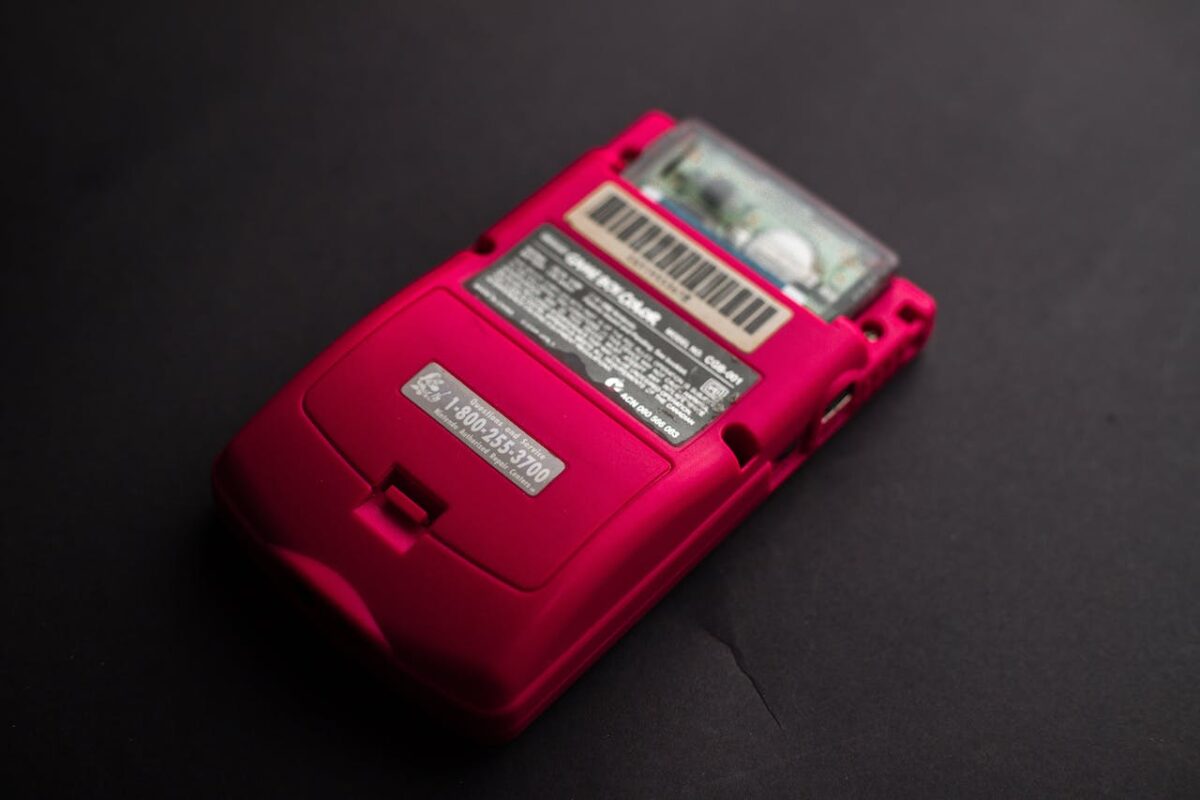
BIOS Replacement
The BIOS can be replaced entirely with a custom BIOS.
This can be done by flashing a new BIOS onto the DS’s flash memory.
A custom BIOS can provide new features and functions that are not available in the original BIOS.
Some popular custom BIOS for Nintendo DS include:
BIOS Editing
The BIOS can also be edited to modify its behavior or add new features.
This can be done by hex editing the BIOS file or using a specialized tool.
Some popular BIOS editing tools for Nintendo DS include:
Conclusion
Modifying and customizing your Nintendo DS BIOS can be a fun and rewarding experience.
However, it is important to be careful when making changes to your DS BIOS, as incorrect modifications can cause your DS to stop working or become unstable.
Always make sure to read and follow the instructions carefully, and only make changes if you are confident in your abilities.
Impact On Gaming Industry
The Nintendo DS was a game-changer in the gaming industry, introducing new features and gameplay mechanics that had never been seen before.
With its dual-screen design and touchscreen capabilities, the DS opened up a whole new world of gaming possibilities.
One of the biggest impacts of the DS was its ability to appeal to a wider audience.
With its intuitive touchscreen controls and easy-to-learn gameplay, the DS was able to attract not only hardcore gamers but also casual gamers and even non-gamers.
This helped to expand the gaming market and bring in new players who may have been intimidated by traditional gaming consoles.
Another major impact of the DS was its focus on innovation and experimentation.
Nintendo was willing to take risks and try new things with the DS, which led to the creation of some truly unique and memorable games.
From the brain-training game “Brain Age” to the music-making game “Electroplankton,” the DS offered a diverse range of experiences that pushed the boundaries of what was possible in gaming.
The DS also had a significant impact on the handheld gaming market.
With its success, Nintendo was able to dominate the market and establish itself as the leader in handheld gaming.
This paved the way for future handheld consoles like the Nintendo 3DS and the Nintendo Switch Lite.
Overall, the Nintendo DS had a profound impact on the gaming industry, introducing new gameplay mechanics, appealing to a wider audience, and pushing the boundaries of what was possible in gaming.
Its legacy can still be felt today, as many of the innovations introduced by the DS continue to influence game design and development.
Key Takeaways
Here are the key takeaways you should keep in mind when it comes to Nintendo DS BIOS:
- BIOS stands for Basic Input/Output System and it is an essential component of any electronic device, including the Nintendo DS.
- It is responsible for initializing the hardware and software components of the device and making sure that they work together seamlessly.
- The Nintendo DS BIOS is a proprietary software that is owned by Nintendo and cannot be legally distributed or downloaded from the internet.
- However, there are some emulators that come with BIOS files that have been extracted from legitimate Nintendo DS consoles.
- Make sure to only use BIOS files that you have obtained legally to avoid any legal issues.
- Having the correct BIOS file is crucial if you want to emulate Nintendo DS games on your computer or mobile device.
- Without it, the emulator will not be able to run the games properly and you may experience glitches, freezes, or crashes.
- There are different types of BIOS files for the Nintendo DS, depending on the region and the version of the console.
- Make sure to use the BIOS file that corresponds to your console’s region and version to ensure compatibility with the emulator.
- It is important to note that using BIOS files for emulation purposes is a legal gray area and may violate Nintendo’s terms of service.
Make sure to use emulators and BIOS files responsibly and only for personal use.
Avoid distributing or selling them to others to avoid any legal repercussions.
By keeping these key takeaways in mind, you should be able to use Nintendo DS BIOS files safely and responsibly.
Remember to always obtain them legally and only use them for personal use. Happy gaming!


